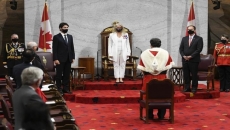Canada's long search for new rescue planes for the military is nearly over as the federal government showed off the first of 16 new aircraft on Canadian soil Friday.
The unveiling at Canadian Forces Base Comox, B.C., follows more than 15 years of controversy and start-stop effort to buy replacements for the ancient Buffalo and older-model Hercules aircraft used by the military to save Canadians every year.
That included Stephen Harper's Conservative government restarting the search for a new plane more than a decade ago after the military was accused of stacking the deck for the multibillion-dollar contract in favour of one particular plane.
The government receives about 10,000 distress calls a year, and while most are handled by the provinces or territories, with police and volunteers tasked with responding, the military answers about 750 of the highest-risk calls.
Military search-and-rescue personnel often use specialized airplanes and helicopters to parachute or rappel into remote areas, such as mountains, the High Arctic or one of Canada’s three oceans to respond to plane crashes and sinking ships.
“Airbus is really proud to be able to celebrate this important milestone: the arrival of the first out of 16 fixed wing search and rescue C295 at Canadian Forces Base Comox," said Airbus Defence and Space CEO Dirk Hoke in a statement. "Despite the current pandemic, we are confident of achieving the program target of six deliveries by the end of this year."
Yet the arrival of the first of the planes, a model the government is dubbing the Kingfisher, does not mark the end of the ride: the Royal Canadian Air Force must still do months of tests on the new aircraft and train search-and-rescue crews.
Troy Crosbie, who oversees military procurement at the Department of National Defence, says the Kingfisher fleet won't start to fly full missions until mid-2022 — two years later than planned.
"It was going to be earlier than that," said Crosbie "It's a delay from what we had originally anticipated."
As a result, the current fleet of six DHC-5 Buffalo aircraft and seven CC-130H Hercules planes — all of which are around 50 years old — will continue to fly even though the two fleets were supposed to be retired five and three years ago, respectively.
Maintenance requirements for the aircraft have grown with age and spare parts have become harder to find, with officials getting parts from a museum in Trenton, Ont., in 2014 to fix one broken Hercules.
Canada's auditor general also raised concerns about the state of the aircraft in a scathing report in 2013, noting the Buffalo aircraft were unavailable on 119 occasions in 2011. In five of those cases, no other airplane was available.
While the military had planned to have the Kingfisher flying missions by the end of this year, procurement officials in April 2019 expressed concern that schedule was too aggressive because of the complexities involved in transitioning from the Buffaloes and Hercules to the Kingfishers.
Crosbie said the schedule was set several years ago, before the scope and potential challenges of getting the aircraft in service were clearly understood.
There was also a disagreement between the Royal Canadian Air Force and Airbus late last year over the plane's manuals.
The COVID-19 pandemic led to further problems as the Air Force sought to do checks and certifications before flying the plane from Spain, where it was built, back to Canada for the official unveiling. The hope in January was for that to happen by the end of spring.
Despite the delays, Crosbie said the project — which includes an option to pay Airbus $2.4 billion more to have the company maintain the plane for another 15 years — remains on budget and the hope is for two more Kingfishers to make the journey to Canada by the end of the year.
""It's a big milestone with that first operational aircraft coming across from Spain," he said. "And the airplanes are going to be ready for us at a pretty steady rate."

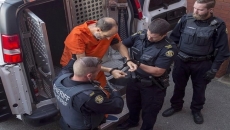
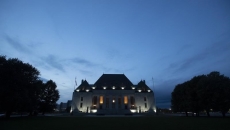
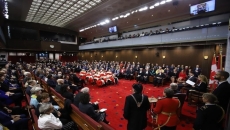
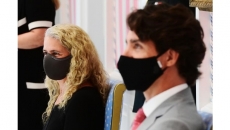
.jpg)
